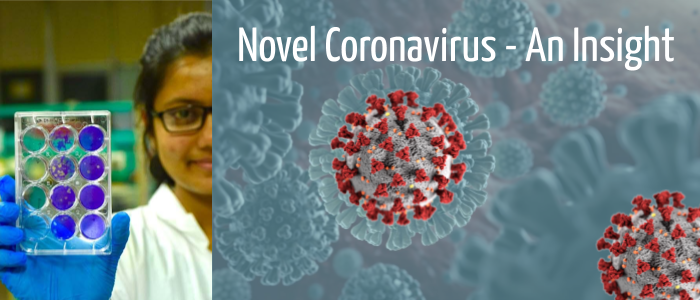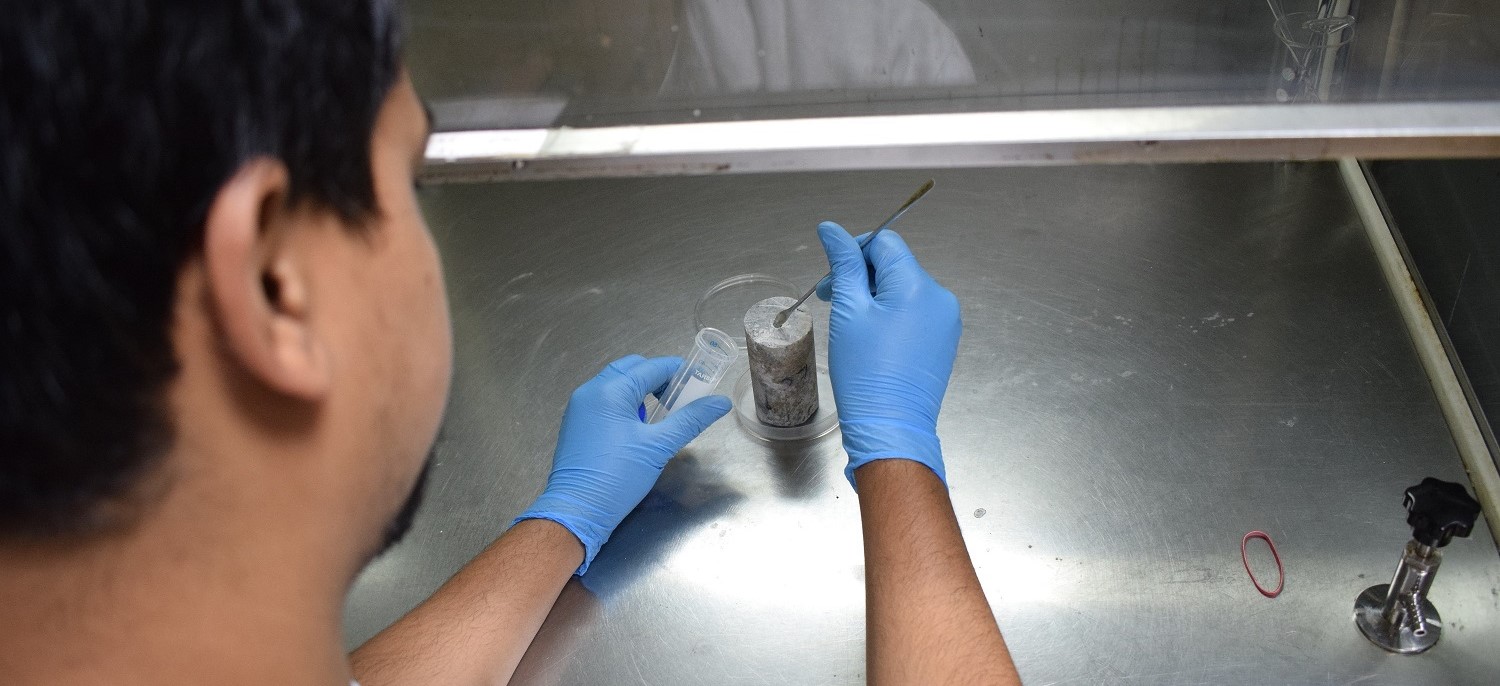
Novel coronavirus – Insights by Prof. Arindam Mondal
COVID-19 infections in India are nearing 15000 cases while claiming more than 100000 lives globally. Coronaviruses are a virus family causing various diseases, ranging from common cold to those like SARS and MERS which can have a high fatality rate. The novel coronavirus responsible for the COVID-19 pandemic is a new strain and has been named Severe Acute Respiratory Syndrome Coronavirus-2 abbreviated as 19-nCoV or SARS-CoV-2. Dr. Arindam Mondal, Assistant Professor at IIT Kharagpur’s School of Bioscience speaks with The Kgp Chronicle regarding frequently asked questions about novel coronavirus. Dr. Mondal leads the Molecular Virology Laboratory in the School of…

